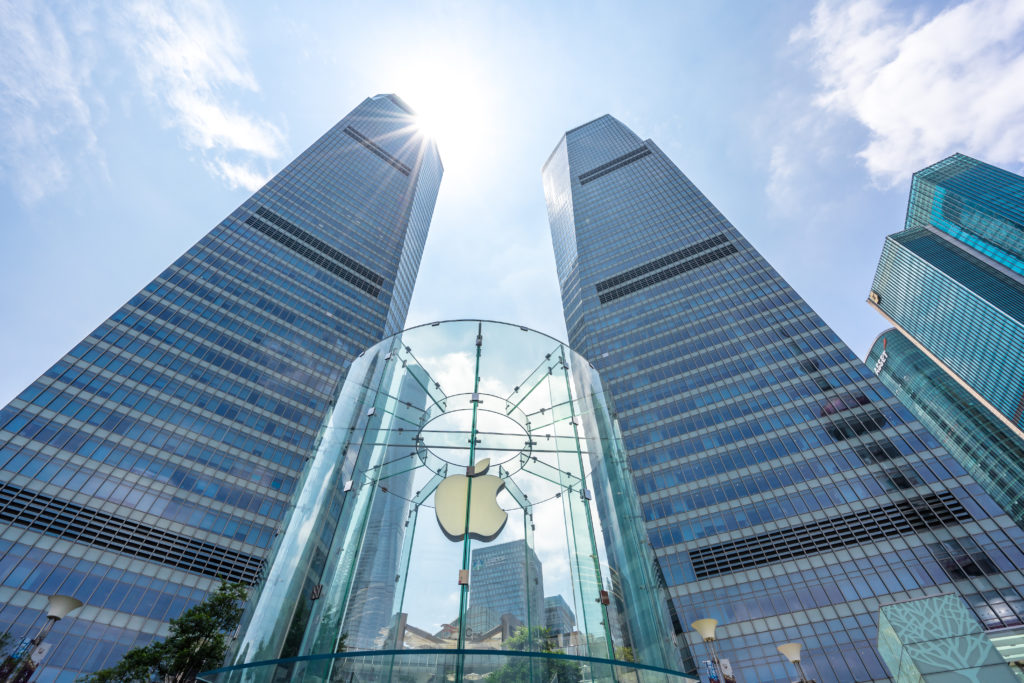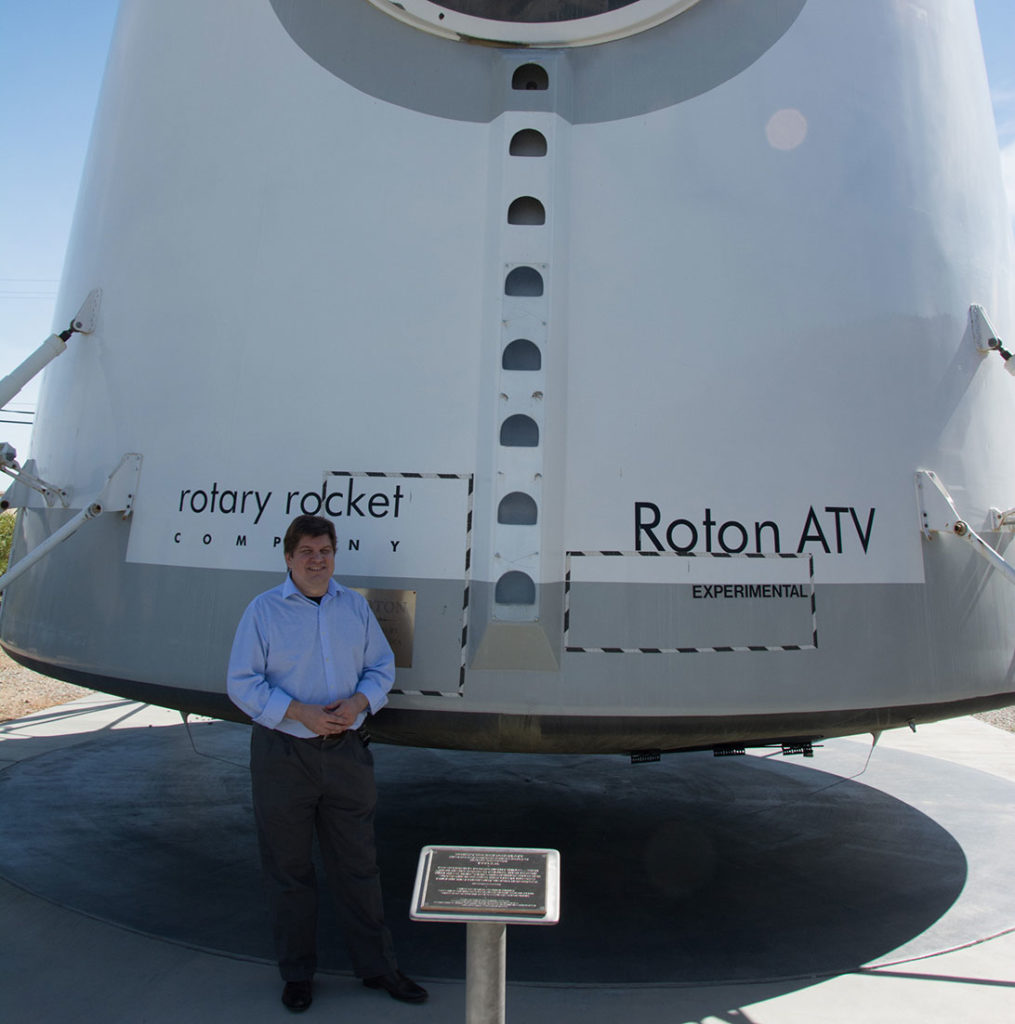A bold new future: why the satellite industry needs to ‘think different’
There are striking similarities between the satellite industry of today and the PC market of 15-20 years ago. Moments with great potential to advance humanity don’t come around very often. So, to ensure we make the most of this opportunity, we need to learn lessons from innovators of the past.
Battling in a commoditized market
It’s crazy to think about it now, but just 20 years ago, Apple Computer was on the edge of extinction.
Imagine a world without smartphones, without iPads and touch-based interfaces—perhaps without digital music, streaming video, social media, or dating apps. Perhaps more than any other company, Apple has played an enormous role in creating the high-tech ecosystem that humanity enjoys today.
It almost didn’t happen.
Although Apple had helped to create the personal computer revolution in the 1970s and 1980s, by the 1990s the industry had grown increasingly commoditized, and Apple was simply not a competitive commodity company.
“The cure for Apple is not cost-cutting. The cure for Apple is to innovate its way out of its current predicament.”
Steve Jobs, circa 2004
For a while, they tried to compete as one—even going so far as to allow other companies to produce Macintosh “clones” which ran the Macintosh OS. But the vultures were circling, and the Mac’s global market share in the industry it had created was less than 2%.

Then, in 1997, Steve Jobs returned to Apple Computer and did the unthinkable. He formed an alliance with Apple’s biggest rival, Microsoft, and upended the culture of Apple. He focused the company on innovation, and excellence in a small number of key products.
He led a small engineering team to create new technologies which would eventually revolutionize the industry again. He shifted direction from personal computers to smartphones, internet connectivity, online services, and portable touchscreen interfaces, making stunning design a priority when nobody else thought it mattered. He introduced color to a world of beige.
Steve even changed the name of the company, to Apple, Inc to emphasize they were about more than just computers.
Other companies in the industry were not innovating, instead, they continued to battle it out over price. The leaders of the time had names like Dell, HP, Compaq, and IBM. They were operationally excellent but lacked imagination or vision for what the future might bring.
They sold units, gained and lost market share, but ultimately failed to make outsized profits. Margins were slim, as they always are in commodity industries. And they rarely innovated. Meanwhile, a slate of new companies nobody had heard of began to create innovative new services which the existing players would never have imagined. Companies like Amazon, Google, and Netflix took advantage of the new technology landscape to invent entirely new businesses.
Innovation paid off.
Today’s satellite industry bears a remarkable resemblance to the computer industry of 15–20 years ago. The large established manufacturers have become commoditized, and innovation, though present, is not the driving force.
New entrants are trying to compete with smaller spacecraft, typically in low earth orbit, while traditional leaders declare the industry to be dead—the good times are over.
And the proof is in their profits.
But the opportunity to innovate in space has never been greater. When my friends and I started Rotary Rocket Company in the 1990’s, it was crazy to think anyone could build a private launch vehicle and put satellites into orbit. Even mentioning space tourism would get you laughed out of the room.
It was difficult to identify qualified employees, as the industry had become stultified and boring, and most of the best and brightest had retired, or planned to do so soon. We were fortunate to attract an amazing team only because the few remaining excellent people were so excited by our vision. We even had to invent new ways to finance a startup company—because nobody had created a company that required so much capital, with so much risk and such a long payback time.

A Bold New Future
Today, there are dozens of new launch entrants—and as with Apple, many of them trace their roots or inspiration directly to Rotary Rocket, which is humbling for me. I’ve long since lost count of all the new satellite manufacturers or aspiring operators.
“Humanity is on the verge of moving beyond the gravitational confines that have bounded our species since birth. And the fortunes to be made are unimaginable.”
There is an enormous infrastructure of supply chain for companies who want to create new products or services, and a workforce excited to be part of the industry.
And there is plenty of capital if you know how to access it.
Today’s space revolution has the potential to make the computer revolution look paltry by comparison. Whether it’s developing a moon base to turn water into fuel, a communications infrastructure that spans the solar system, spacecraft assembly in-orbit, entire new fields of medicine and energy, or interstellar flight and instant communication between the stars, humanity is on the verge of moving beyond the gravitational confines that have bounded our species since birth. And the fortunes to be made are unimaginable.
The winners will be those who keep their eyes on innovation. They could be new entrants—but they could equally be existing players if they are willing to throw out their outdated business models and innovate.
All it takes is a bit of vision, a dream to get there, and the dedication to make it happen.
Frederick is the Founder and Chief Executive Officer of Finance Technology Leverage (FTL). By financing exciting and challenging projects, FTL unlocks new advances in energy, industrial technology and the life sciences. Contact us for more information.
